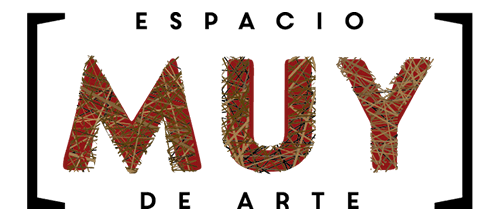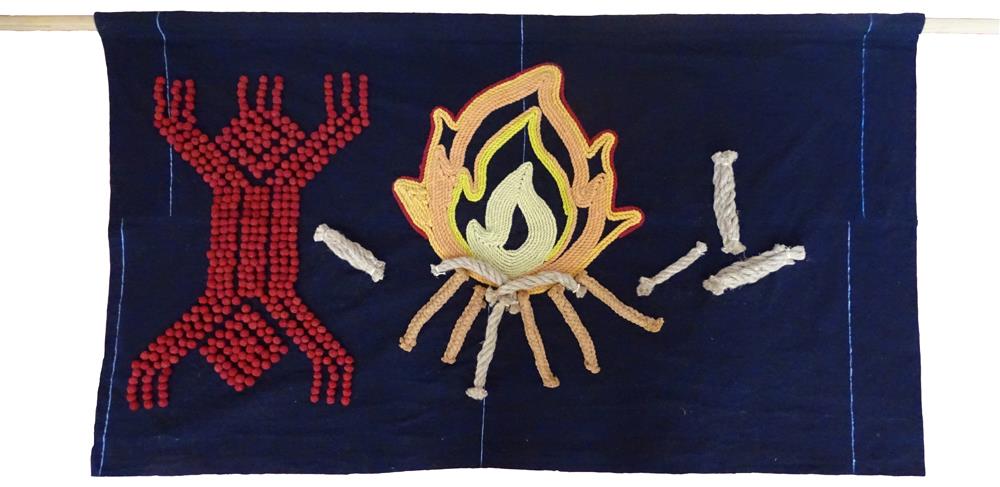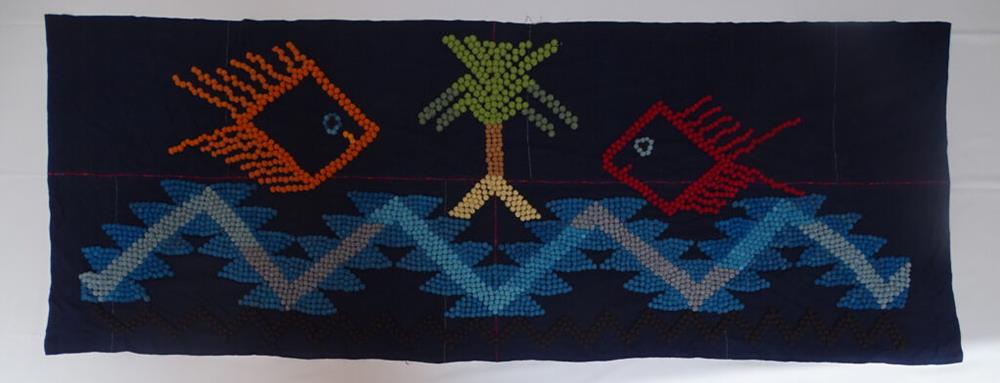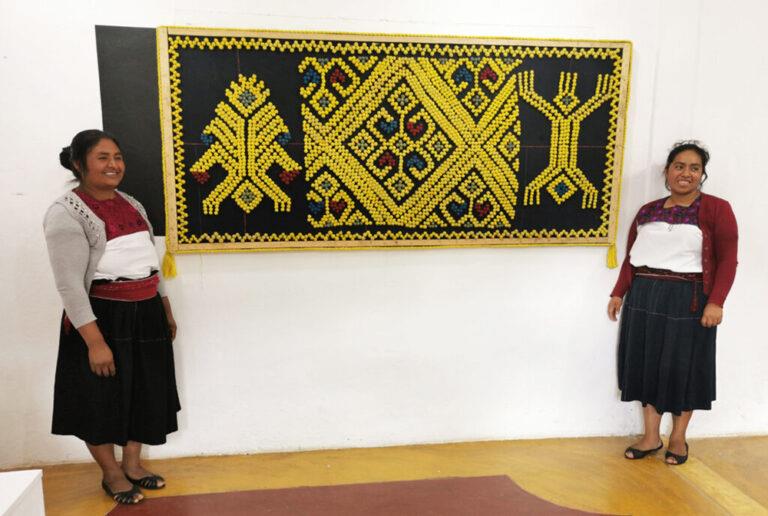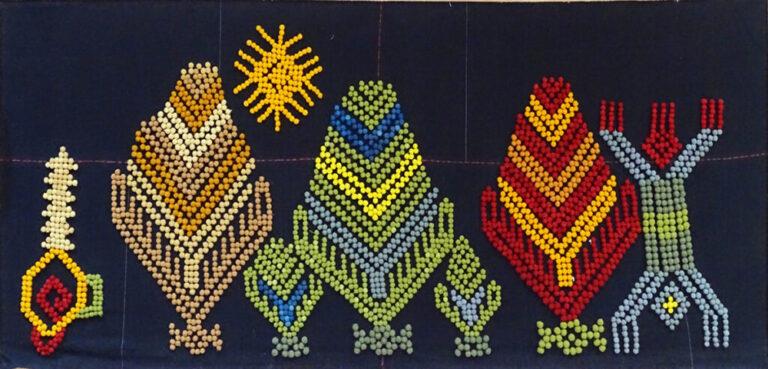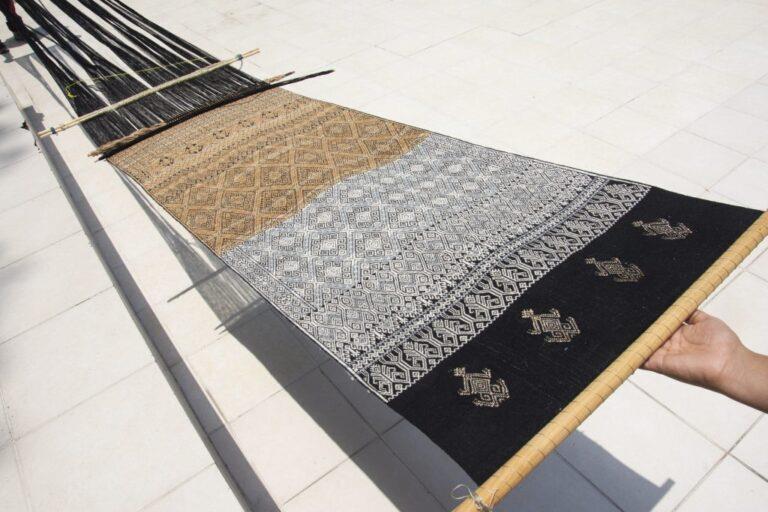Cecilia Gómez
Mayan/Tsotsil artist
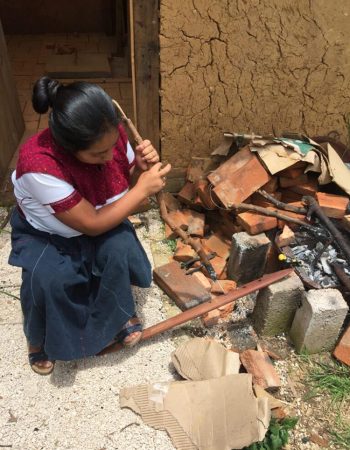
Chonomyakilo’, San Andrés Larráinzar, Chiapas, México, 1992.
The thousand-year-old legacy of the Tsotsil woman continues to live in contemporary times thanks to the art of Cecy Gómez. Her media is the backstrap loom, in which she combines the materials of the land with pre-Hispanic dyeing and weaving techniques.
The value of Cecy’s work is twofold, its form and content they are equally relevant. On the one hand, the medium chosen by the artist prevents the disappearance of an ancient Mayan tradition. Her media is a political act, through which Cecy decides to continue weaving the tradition of her community. On the other hand, with her art, she reappropriates a work aimed exclusively at women. The weaver confronts the loom as a contemporary communication channel. What is typical to her as a Tsotsil woman has become her artist’s weapon, with which she transcribes messages that confront the present.
This is the case of Cosmogony man/woman (2020), where the most characteristic motif of Mayan textile art has been resignified. The artist’s personal identity as a Tsotsil woman thus bursts into a universal message. Around the origin of the universe, women and men meet to experiment and dream in a constant and equal collaboration. As the artist points out, “we grow together; we create together; we are all connected; we are all important”.
We also find it in Fire (2021), where the element itself becomes a metaphor for the different circumstances that converge from the coronavirus epidemic. On the one hand, fire refers to traditional medicine methods in which hot herbs are used for lung ailments. On the other hand, the fire alludes to the fever itself as a symptom caused by the virus, but also to the fever of the people, who, faced with the uncertainty and indignation caused by the pandemic, reacted angrily and finally set fire to a hospital in the area.
Cecy weaves the experience with the message, the poetry with the vindication, the aesthetic with the political. She redefines crafts from her value as an element of her environment and of her identity as a Tsotsil woman to “break down barriers”, as she points out.
Exhibitions
- Outsider Art Fair, XVIII virtual edition, Paris, France, 2021.
- Mayan and Zoque interpretations of the (In) visible pandemic , virtual exhibition, Galería MUY, 2020.
- Spoxil Ch’ulelal (Medicine of the soul), multidisciplinary exhibition, Centro médico siglo XXI, Ciudad de México, 2019.
- Material Art Fair, Mexico City, 2019.
- Weaving Art, group exhibition, Galería MUY, San Cristóbal de las Casas, Chiapas, 2018.
Projects in which she has participated
- Founder of the collective of weavers Kiptik.
- Field coordinator with Aid to Artisans (international organization that advises textile artisans on design, quality and market).
- Teacher in backstrap loom workshops as a contribution to the work of the designer Carla Fernández, in the United States and the Jumex Museum in Mexico City.
- Chiapas textile Arte(sanía) in various forums in Mexico, Canada, the United States and France.
